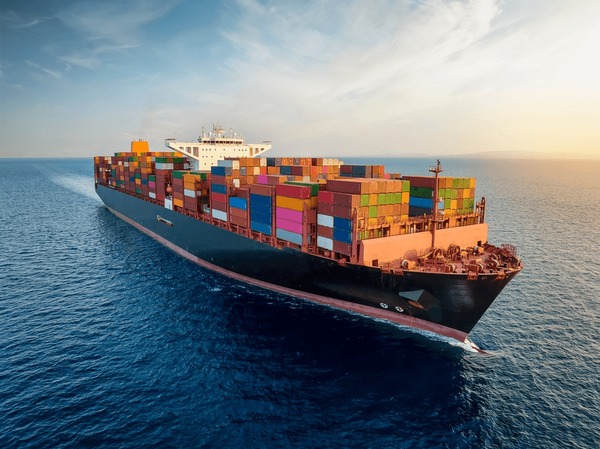Packing a 40ft shipping container efficiently is crucial for maximizing space utilization and ensuring the safe transportation of goods. In this blog post, we will explore the key strategies and techniques to pack a container effectively, taking into account various factors such as weight distribution, cargo stability, and optimization of available space.
- Planning and Preparation:
Before loading the container, it is essential to have a well-thought-out plan. Consider the dimensions and weight of the cargo, as well as any special requirements or restrictions. Create a packing list and determine the optimal arrangement of items to minimize wasted space. - Organizing and Grouping:
To optimize space utilization, categorize and group items based on their size, weight, and fragility. Place heavier and sturdier items at the bottom and towards the center of the container, creating a stable foundation. Group smaller items together and use dividers or pallets to prevent shifting during transit. - Utilizing Vertical Space:
Maximize the use of vertical space by stacking items vertically, especially lightweight and non-fragile goods. Use sturdy dunnage or braces to secure the stacked items and prevent them from toppling over. However, ensure that the weight distribution remains balanced to maintain stability. - Securing the Cargo:
Properly securing the cargo is crucial to prevent damage during transportation. Use high-quality strapping, ropes, or cargo nets to secure items and prevent shifting. Consider using dunnage bags or inflatable airbags to fill gaps and minimize movement within the container. - Protecting Fragile Items:
Fragile items require extra care and protection. Wrap them individually with bubble wrap or foam padding and use appropriate cushioning materials to prevent breakage. Place fragile items in the center of the container, surrounded by softer materials for added protection. - Optimizing Space:
To fully optimize the available space, consider disassembling larger items whenever possible. Remove unnecessary packaging or bulky components to reduce the overall volume. Utilize every corner and crevice, including the space above and below larger items, to maximize the container's capacity. - Documentation and Labeling:
Maintain accurate documentation of the cargo, including item descriptions, quantities, and any special handling instructions. Label each item and its corresponding location within the container to facilitate easy identification and retrieval.
Conclusion:
Efficiently packing a 40ft shipping container requires careful planning, organization, and attention to detail. By following the strategies outlined in this article, you can optimize space utilization, ensure cargo stability, and minimize the risk of damage during transportation. Remember to prioritize safety, weight distribution, and proper securing techniques to achieve a successful and cost-effective shipping experience.









+ There are no comments
Add yours